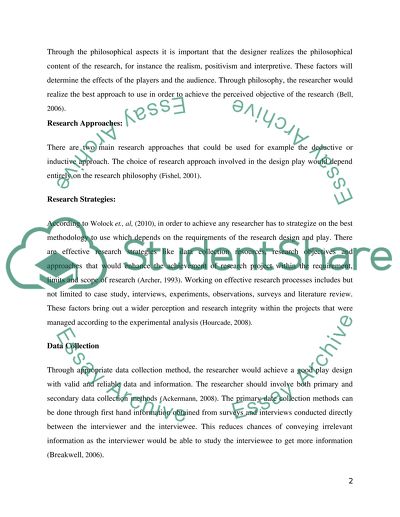Cite this document
(“EVALUATION OF PLAY IN DESIGN FOR BEHAVIORAL CHANGE Essay”, n.d.)
Retrieved from https://studentshare.org/design-technology/1393503-evaluation-of-play-in-design-for-behavioral-change
Retrieved from https://studentshare.org/design-technology/1393503-evaluation-of-play-in-design-for-behavioral-change
(EVALUATION OF PLAY IN DESIGN FOR BEHAVIORAL CHANGE Essay)
https://studentshare.org/design-technology/1393503-evaluation-of-play-in-design-for-behavioral-change.
https://studentshare.org/design-technology/1393503-evaluation-of-play-in-design-for-behavioral-change.
“EVALUATION OF PLAY IN DESIGN FOR BEHAVIORAL CHANGE Essay”, n.d. https://studentshare.org/design-technology/1393503-evaluation-of-play-in-design-for-behavioral-change.


